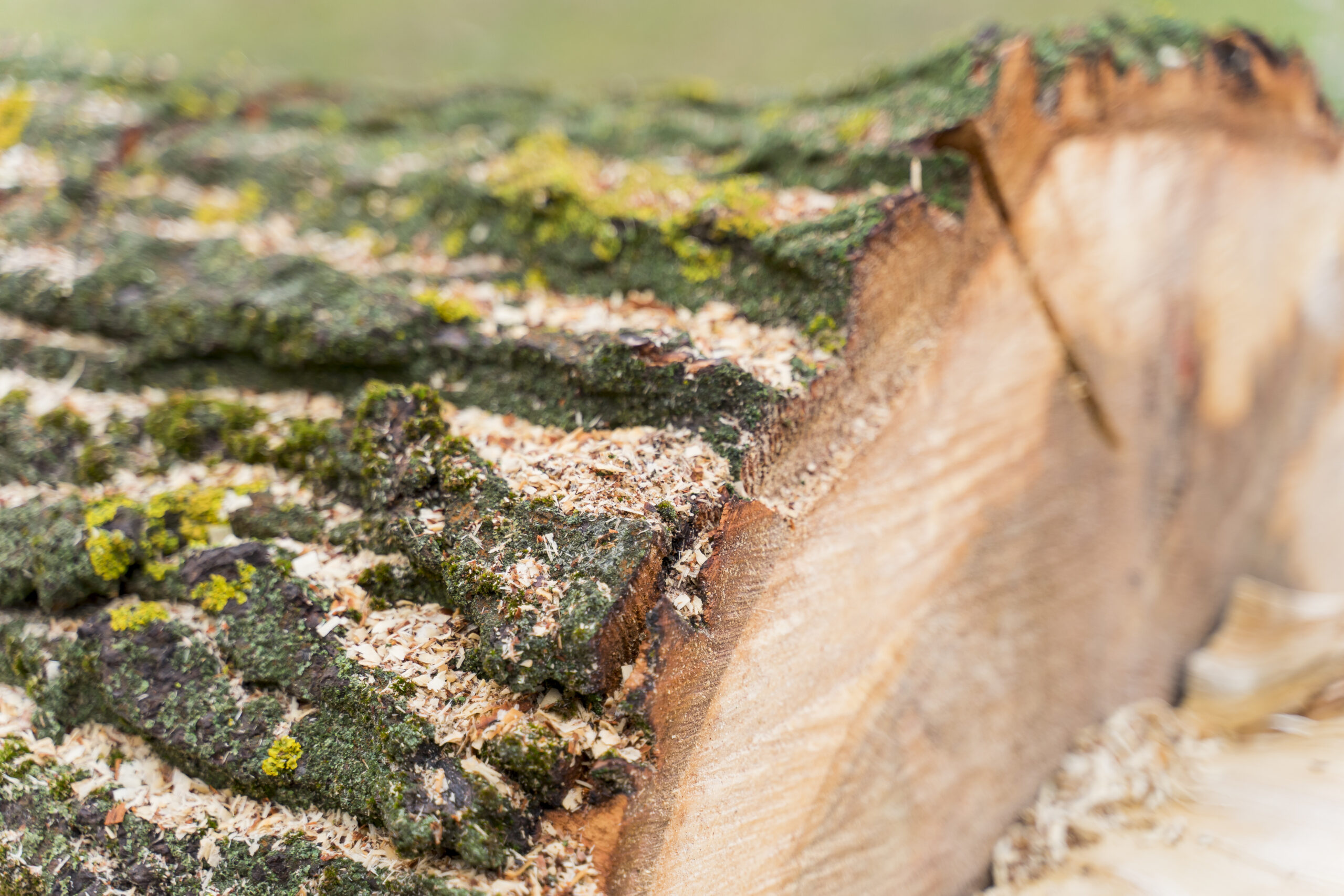Knowing how to thin a forest is essential for achieving good returns from land that is rich in trees. This practice involves the removal of trees that are too thin or exhibit defects, which could compromise the growth of healthier trees.
There are various ways to thin a forest, but it’s common for landowners to have questions about how the process works and how it can be implemented. To address these concerns, we’ve prepared a complete guide to clarify all these points. Take a look!
What is Forest Thinning?
Before understanding how it’s done and applying the practice, it’s important to grasp what forest thinning entails.
This activity involves clearing a space of diseased or poorly developed plants and trees that could cause harm to healthier ones. Similarly, smaller, weaker trees that will eventually die due to their inability to compete with their neighbours are also removed.
Thinning can be performed systematically by selecting specific trees for removal. It is also classified into three levels: light, moderate, and heavy thinning.

How to Thin a Forest
As mentioned earlier, there are different ways to thin a forest to ensure your land performs well. Here are some key methods:
1. Underdeveloped Trees
Trees that show poor growth or exhibit problems are the first to be thinned in a forest. These trees are unlikely to achieve the proper development to remain healthy in the long term, taking up valuable space that could be better used by stronger plants.
2. Trees with Low or Excessive Canopies
Trees with low canopies can block light and hinder the growth of taller neighbours. Similarly, trees with overly dense canopies may also obstruct other plants over time. In both cases, thinning such trees allows surrounding vegetation to grow more healthily.
3. Diseased and Dead Trees
Trees suffering from diseases that cannot be treated will die eventually. These trees, or those that are already dead, must be removed to prevent the spread of disease to other trees in the area, which could result in further losses.
Types of Thinning
There are different types of thinning methods, allowing landowners to choose the one that best suits their needs. Here’s a closer look at each:
1. Low or Ordinary Thinning
Low thinning is based on the principle of removing trees that show inferior growth compared to others. Dominated and subdominant trees are removed to improve the growth of stronger ones.
This type of thinning is considered light intensity, as it doesn’t cause significant changes to the soil or the remaining plantation. Dead, dying, diseased, and dominated trees are typically targeted.
2. High Thinning
High thinning focuses on trees that exhibit good height development but lack proper diameter growth or have small canopies. These trees are removed to prioritise dominant trees with larger, more balanced growth.
Medium-stratum trees are also removed to provide more space and resources for promising trees, helping them reach their full commercial potential.
3. Selective Thinning
As the name suggests, selective thinning involves removing trees of all types (dead, diseased, dominant, or co-dominant) to favour smaller, less developed trees. This method helps these smaller trees grow to their optimal commercial value by eliminating competition from larger, less beneficial trees.
4. Systematic or Mechanical Thinning
Systematic thinning, also known as mechanical thinning, is applied in forests where trees exhibit uniform growth. Trees are removed based on a standard pattern, such as alternate rows or entire lines.
This allows the remaining trees to receive more light and achieve better growth over time. However, for this method to succeed, the forest must be monitored regularly to calculate the basal area and determine the best times for thinning.
Materials Needed for Thinning
Proper materials are essential for successful forest thinning. Common tools include chainsaws, sickles, machetes, pruning shears, tree extractors, felling wedges, winches, and more.
Using the right equipment ensures the process is safer for your team and better for your property overall.
By following these practices, you can manage your forest effectively, promoting healthy growth while maximising the productivity and value of your land.


